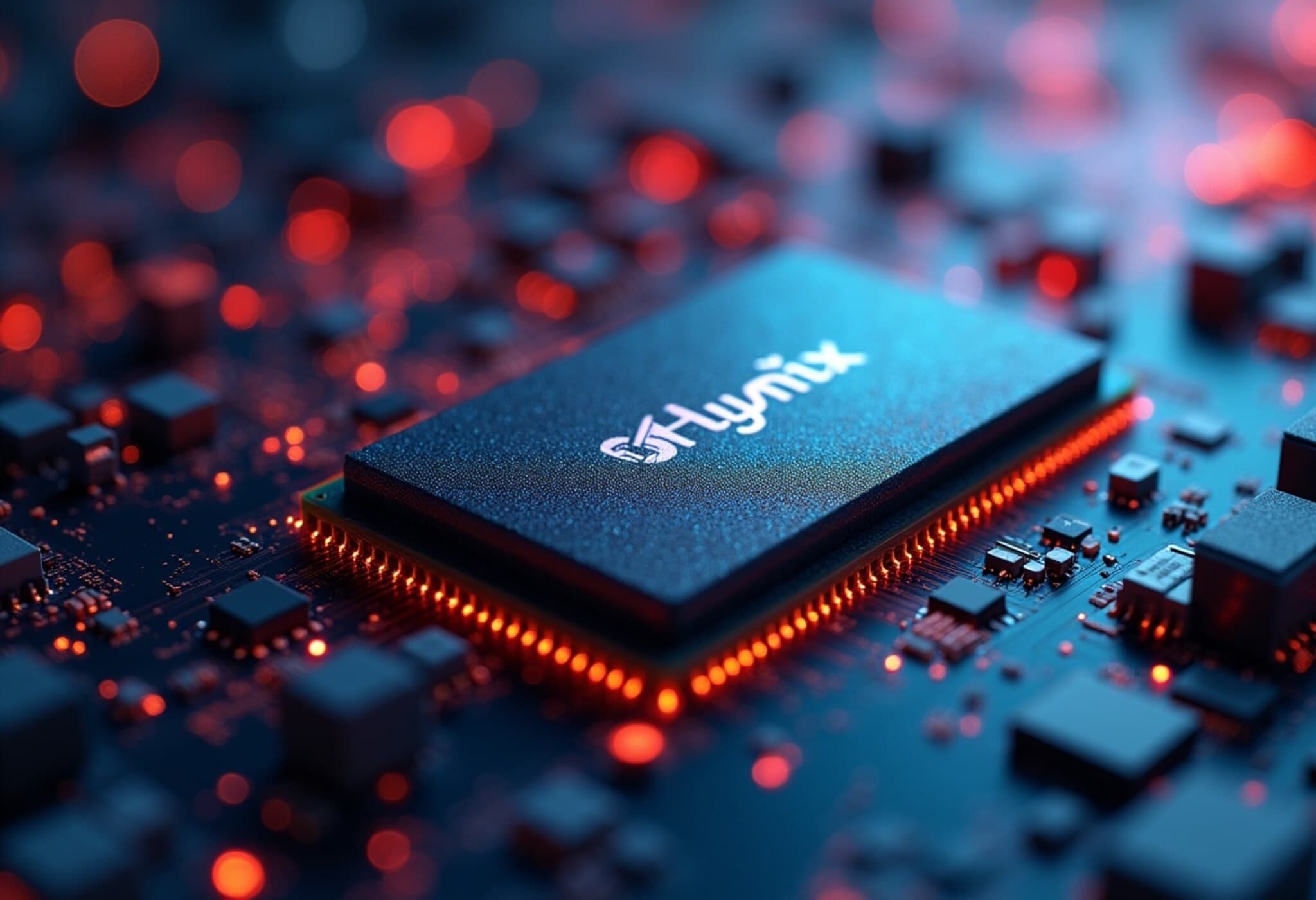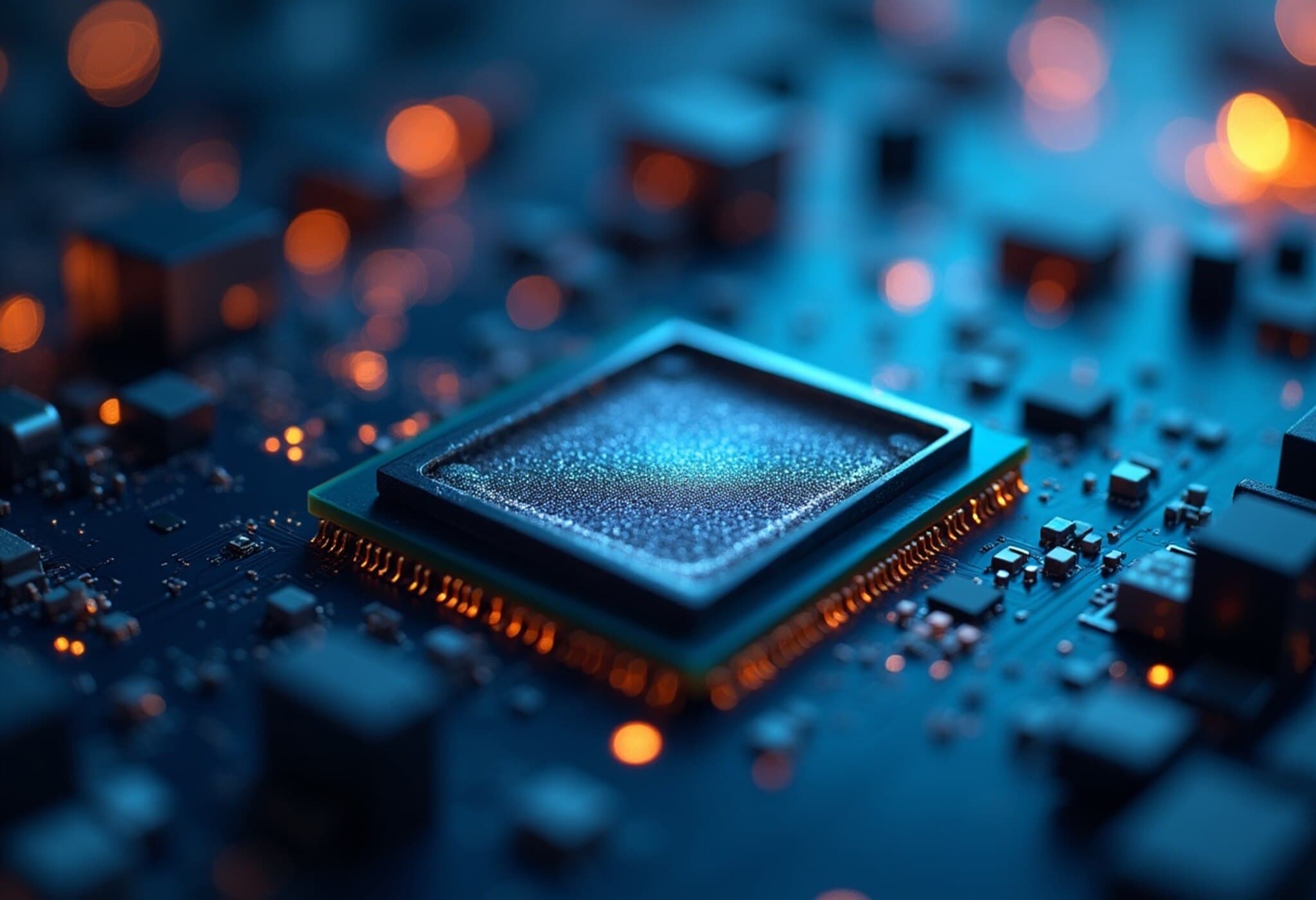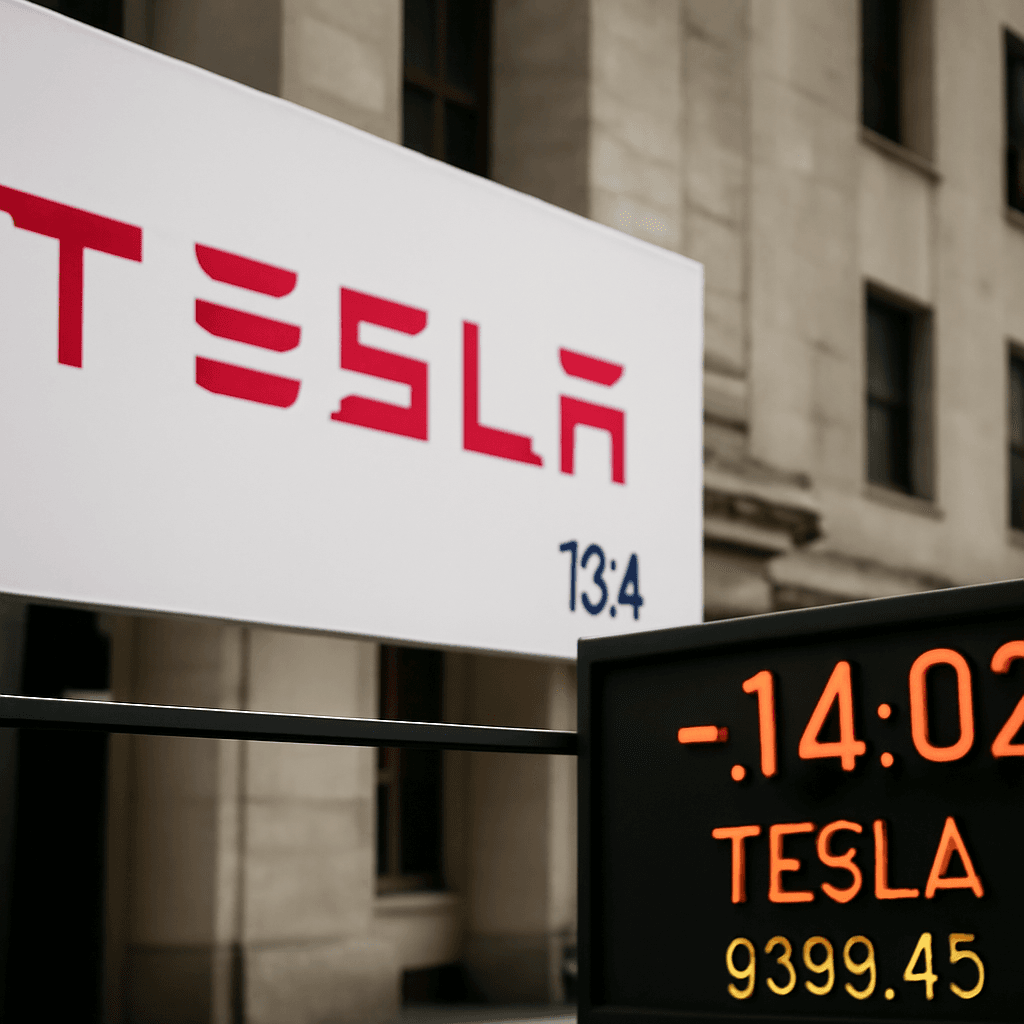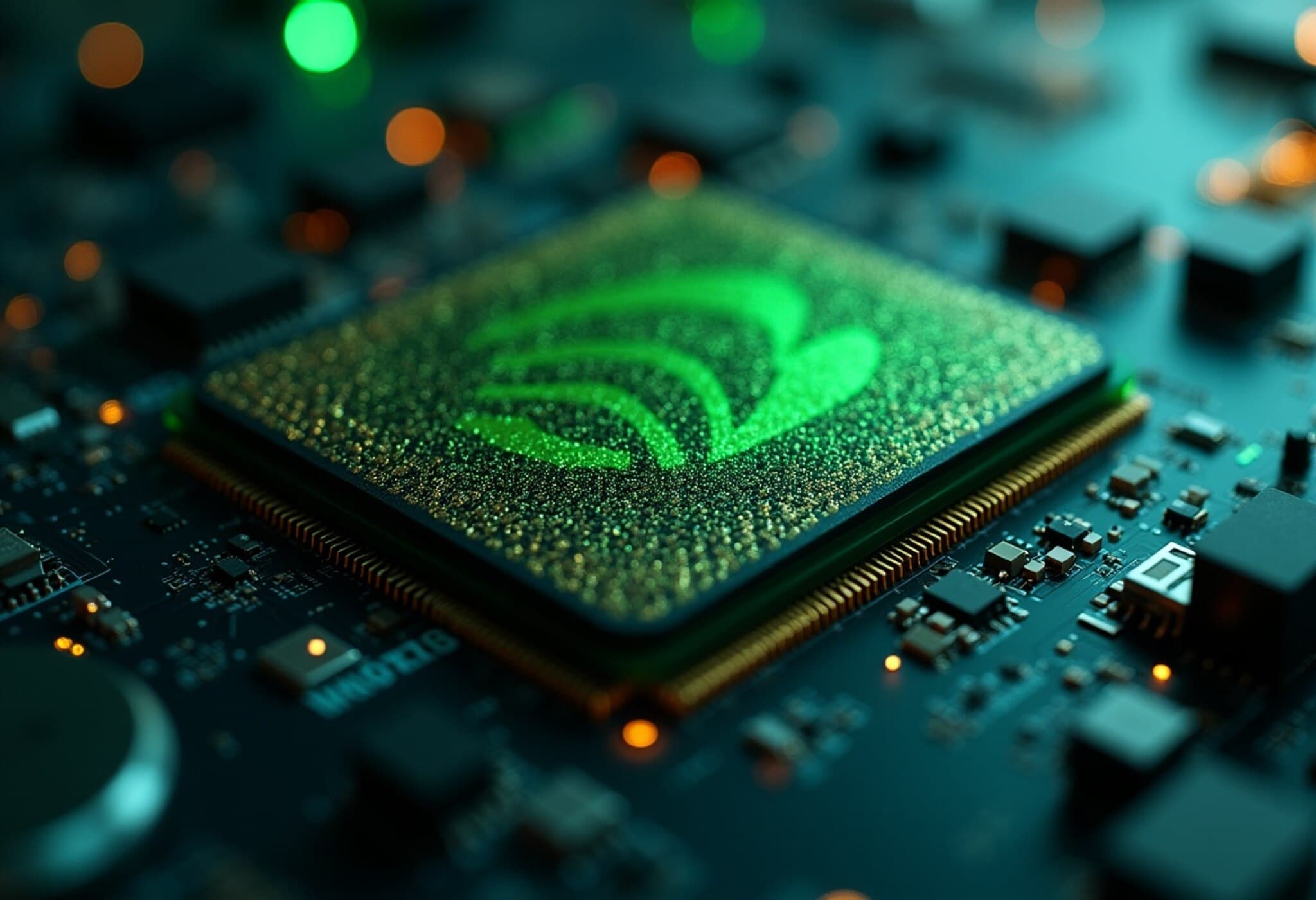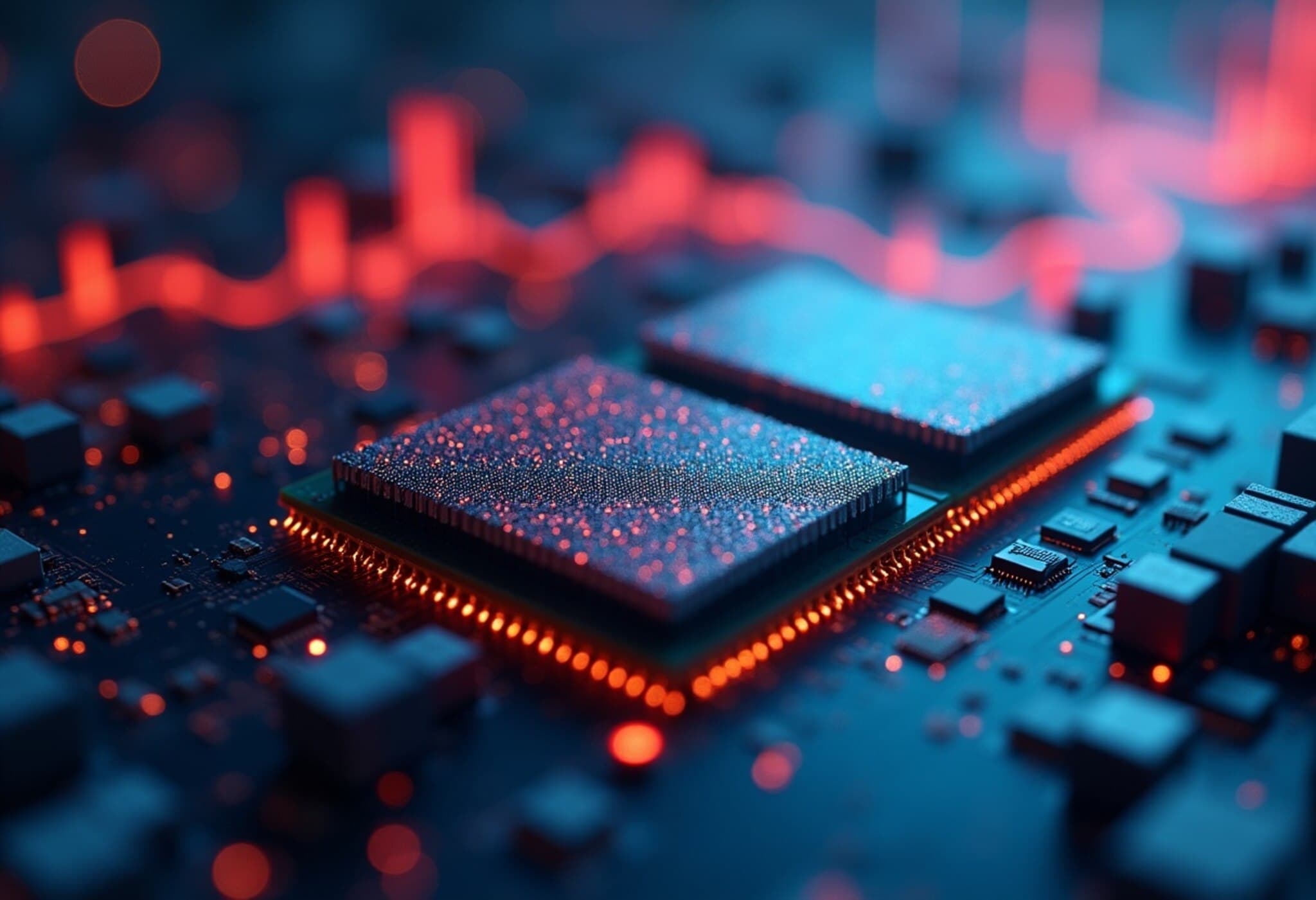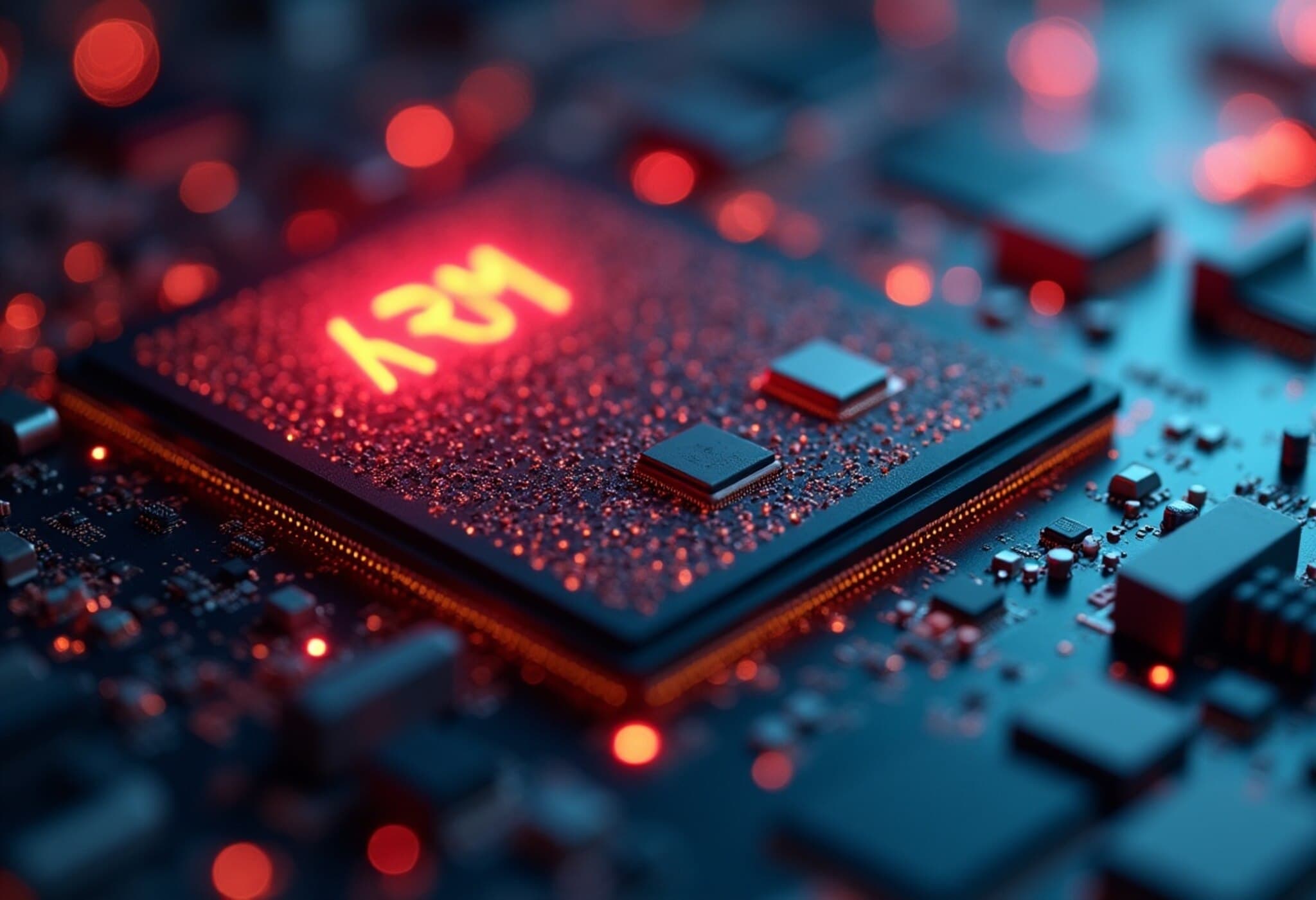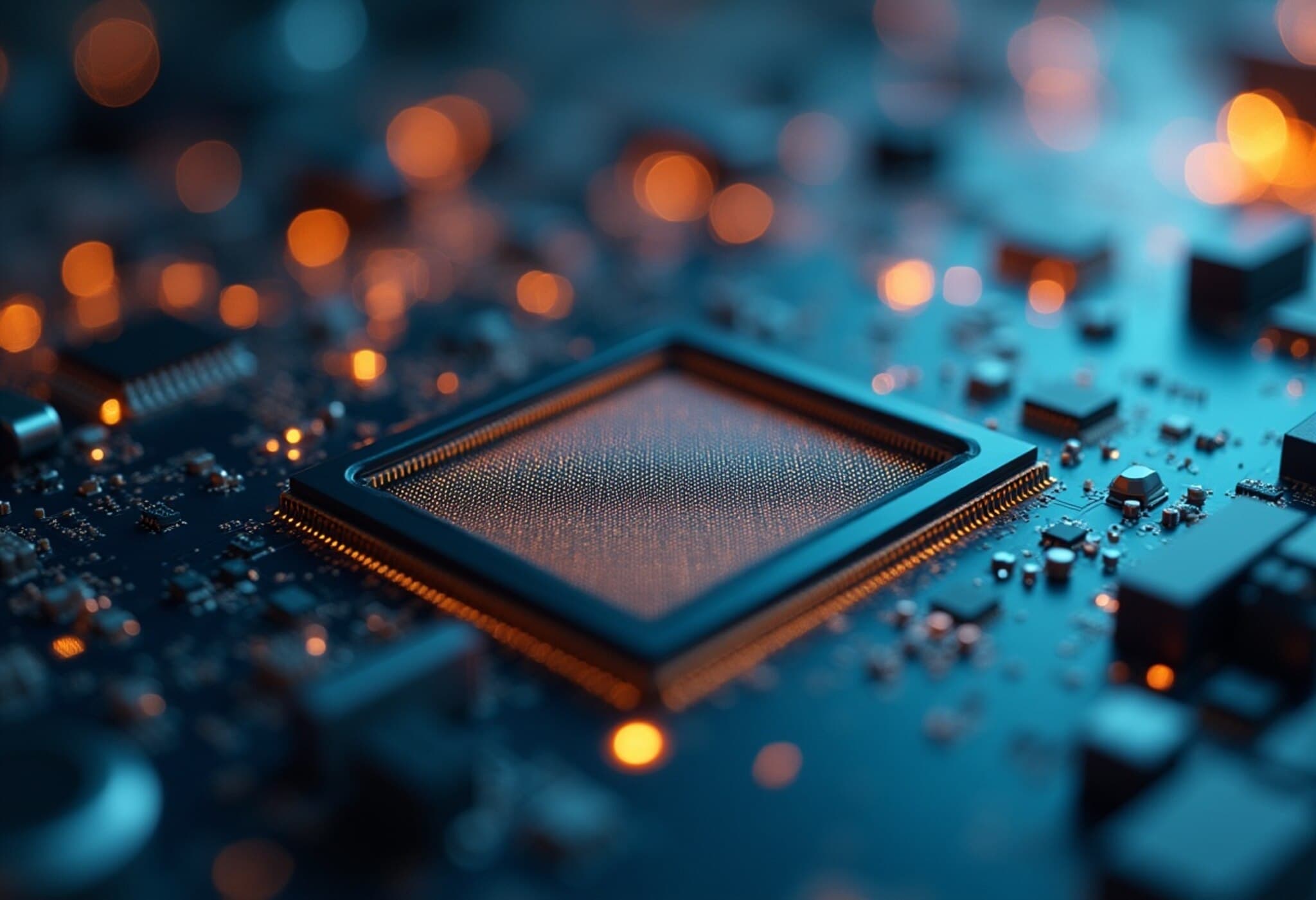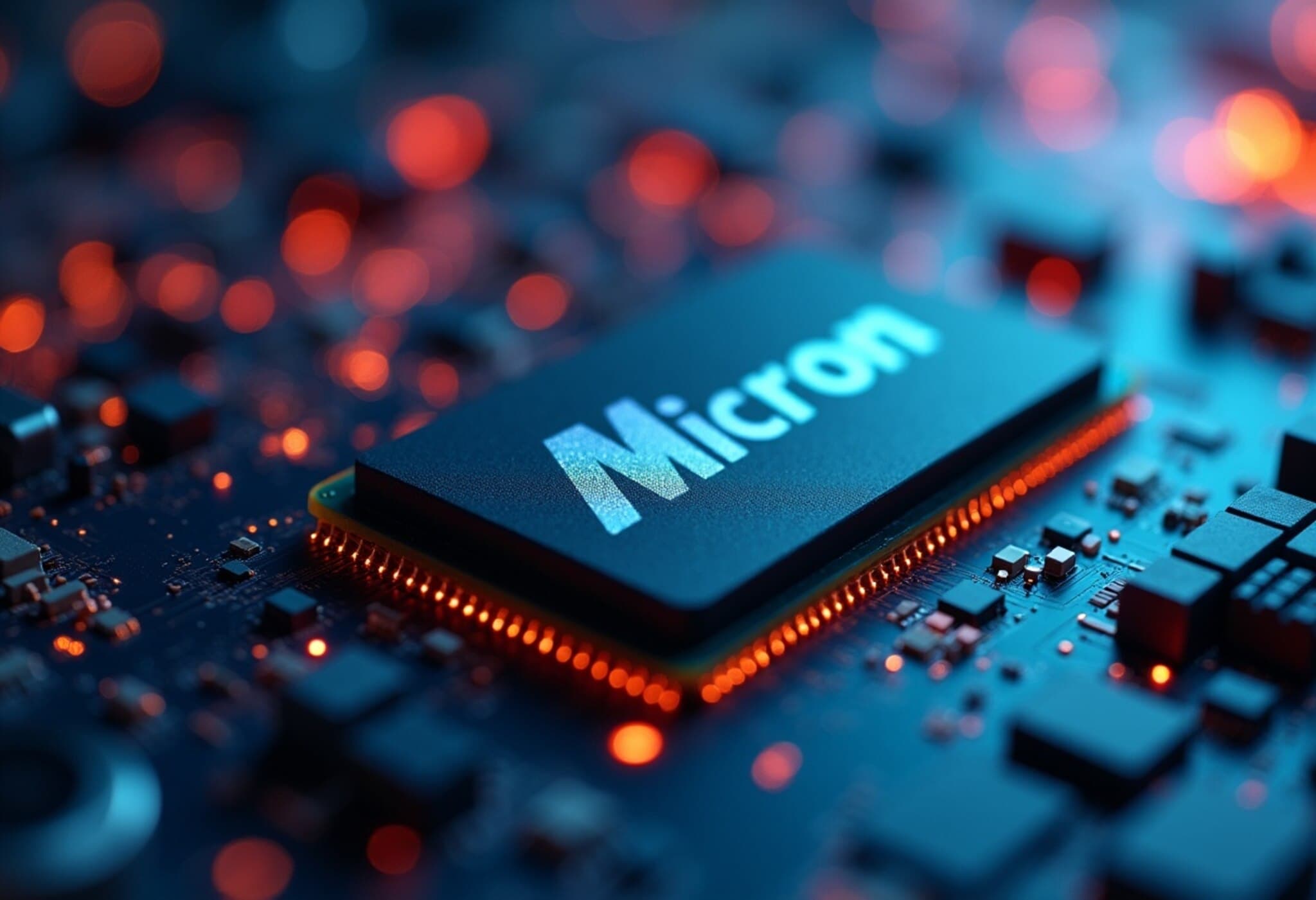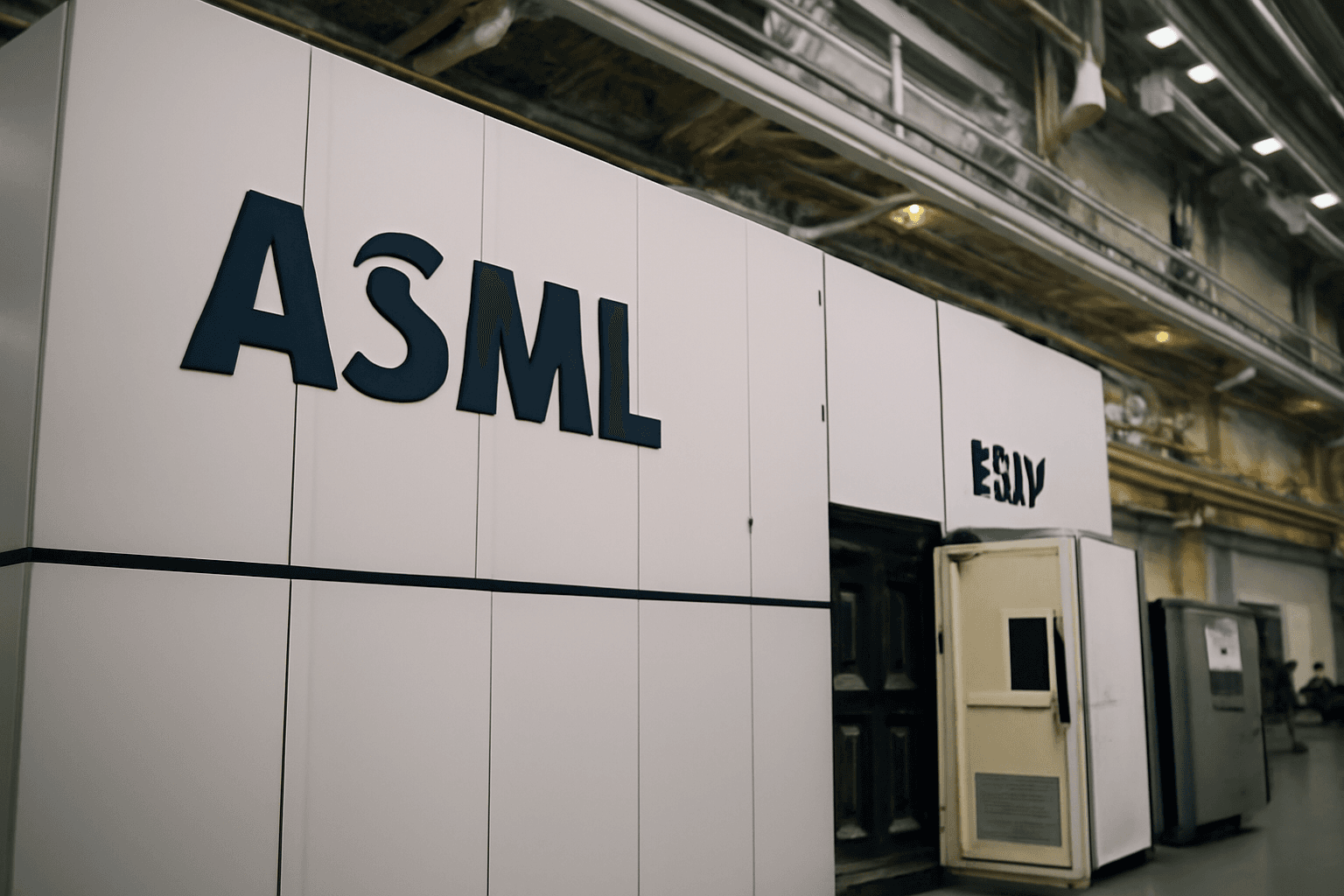SK Hynix Surges on Strong Demand for AI-Driven Memory Chips
South Korean semiconductor giant SK Hynix has unveiled its strongest quarterly financial performance to date, powered by soaring demand for advanced memory chips tailored for artificial intelligence (AI) applications. The company’s second-quarter results, announced on July 23, reveal impressive gains both year-over-year and quarter-over-quarter, underscoring SK Hynix’s leadership in the competitive global memory market.
Record Revenue and Operating Profit Reflect AI Memory Boom
- Revenue: 22.23 trillion won (approx. $16.17 billion), up 35% year-over-year
- Operating profit: 9.21 trillion won, soaring nearly 69% compared to same period last year
- Quarter-over-quarter gains: revenue rose 26%, operating profit climbed 24%
These figures outpaced analysts’ expectations, with LSEG SmartEstimates forecasting revenues of 20.56 trillion won and operating profit of 9 trillion won. SK Hynix credited the robust results to persistent strong demand and favorable pricing for its high bandwidth memory (HBM) products, especially within generative AI server chipsets.
High Bandwidth Memory: The Engine Behind SK Hynix’s Growth
At the heart of SK Hynix’s success lies its dominance in the high bandwidth memory (HBM) market — an advanced form of DRAM essential for AI server acceleration. As AI workloads become more complex and data-intensive, the industry’s reliance on cutting-edge memory solutions has soared, and SK Hynix has capitalized extensively.
The company supplies major players like the American AI chipmaker Nvidia, which relies heavily on HBM technology to power its GPUs. For the June quarter, HBM sales made up an astounding 77% of SK Hynix’s revenue. Looking ahead, SK Hynix projects its HBM sales to double in 2025 compared to 2024, driven by continued AI adoption and new product launches in key sectors.
Strategic Investments and Market Position
Recognizing the growing market demand, SK Hynix has signaled plans to ramp up capital expenditures in 2025. The company aims to support its expanding HBM customer base with proactive investments, particularly as competition intensifies. Industry analyst Ray Wang from The Futurum Group observes that:
"SK Hynix currently holds a clear leadership position in the HBM race, maintaining an edge over competitors like Samsung and Micron. This advantage is expected to continue through 2025 and into 2026."
SK Hynix overtook rivals in the global DRAM market earlier this year, as highlighted by Counterpoint Research, showcasing its prowess not only in HBM but also in broader semiconductor memory segments. It now matches Samsung’s combined DRAM and NAND revenue for Q2, intensifying the rivalry between two Korean tech titans. NAND, a popular flash memory used in storage devices, remains another competitive battleground.
Broader Implications and US Expansion
SK Hynix’s growth has broader economic and geopolitical implications. The firm is actively evaluating sites in the United States for a next-generation chip packaging plant, with an expected groundbreaking slated for early 2026. This move aligns with ongoing efforts to diversify semiconductor manufacturing and secure supply chains amid global tech tensions.
From a policy perspective, SK Hynix’s expansion into the US could benefit from bipartisan support given the strategic importance of semiconductors in national security and economic competitiveness. It also illustrates how memory chipmakers are pivotal players in the AI revolution that’s reshaping tech infrastructure worldwide.
Looking Ahead: Demand Stability and Industry Challenges
While the semiconductor industry is often marked by cyclical demand swings, SK Hynix expressed confidence in the stability of customer inventories and ongoing demand linked to fresh product rollouts. The company sees a low risk of sudden market corrections for the remainder of 2025, signaling a more sustained growth trajectory tied to AI and next-gen computing applications.
However, the landscape remains fiercely competitive, with Samsung, Micron, and other players aggressively seeking to close the HBM gap. How SK Hynix navigates supply chain challenges, technological innovation, and geopolitical headwinds in the coming quarters will be crucial.
Editor’s Note
SK Hynix’s Q2 results underscore a pivotal shift at the crossroads of semiconductor technology and artificial intelligence advancement. Their dominance in high bandwidth memory not only fuels AI’s expanding ecosystem but also highlights the growing strategic weight of semiconductor manufacturing in global economic policies. As SK Hynix ventures further into US-based production, analysts and policymakers alike will be watching how these dynamic forces reshape the memory chip market — a critical backbone of tomorrow’s technological frontier.
Key questions moving forward include: Will rising capital investments sustain SK Hynix’s lead amid intensifying competition? How will geopolitical factors influence supply chains and innovation cycles? And importantly, how does this semiconductor momentum translate to AI capabilities accessible globally?

